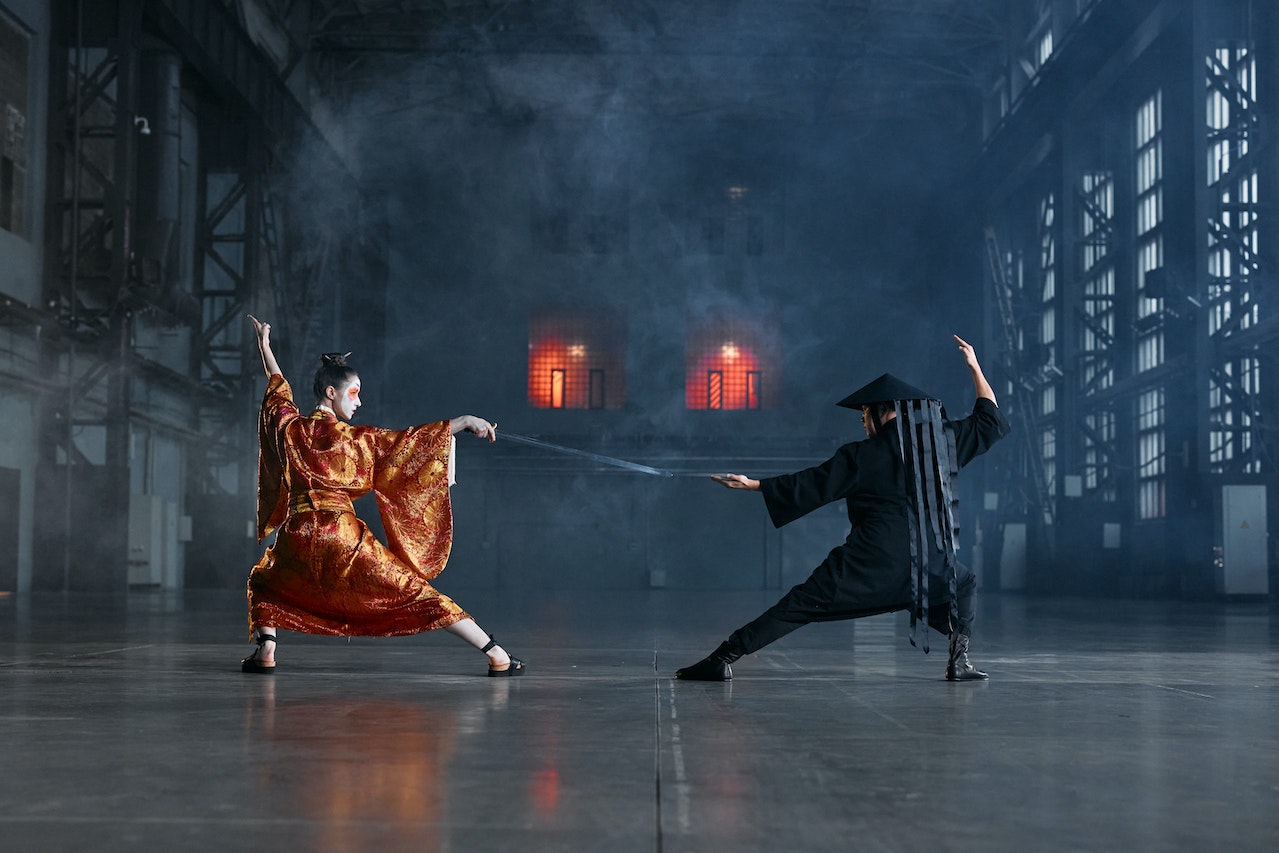Character designers play a vital role in creating visually appealing and memorable characters that resonate with players. By understanding the importance of character design, collaborating effectively with other departments, and staying abreast of industry trends, character designers can contribute to the success of a game and leave a lasting impact on players. Continue reading →
Character modeling is a crucial aspect of game development that brings virtual characters to life. Talented character modelers play a vital role in creating visually appealing and believable characters that enhance the gaming experience. In this section, we will explore the role of character modeling in game development and the skills required to excel in this field.


Character modeling involves creating 3D digital models of characters, including their anatomy, facial features, clothing, and accessories. It is the process of translating 2D concept art or design into three-dimensional assets that can be animated and integrated into the game.
Good modeling is commonly outsourced to specialty firms. Arrible is an international game art production company operating worldwide.
Well-designed and visually captivating characters are essential for immersing players in the game world. Character modeling adds depth, realism, and personality to virtual characters, making them relatable and engaging. It contributes to the overall visual aesthetics and storytelling of the game.
Successful character modelers possess a combination of artistic and technical skills. Some essential skills for character modeling include:
Character modelers collaborate closely with other game development roles to ensure a seamless integration of characters into the game. They work alongside concept artists, animators, riggers, and texture artists to bring characters to life and ensure consistency in design and functionality.
Character modeling is an iterative process that involves receiving feedback, making adjustments, and refining the models based on the project requirements. It requires patience, flexibility, and a willingness to iterate and improve the models to achieve the desired outcome.
Character modeling techniques and tools continue to evolve with advancements in technology. Character modelers need to stay updated with the latest industry trends and software updates to deliver high-quality character assets that meet the demands of modern game development.
Character design is an integral part of the game development process. Well-designed characters can evoke emotions, drive the narrative, and create a memorable gaming experience for players. The design of a character encompasses their appearance, personality, backstory, and role within the game.
A character designer is responsible for conceptualizing and creating unique and visually appealing characters. They work closely with the game’s creative team to understand the game’s vision and translate it into compelling character designs. Character designers use their artistic skills to sketch, illustrate, and digitally render characters, considering factors such as art style, target audience, and game mechanics.
A skilled character designer understands the importance of creating characters that resonate with players. They focus on capturing the essence of the character’s personality, motivations, and traits through their visual design. This includes elements such as facial expressions, body language, costumes, and accessories that help bring the character to life.
Character design is an iterative process that involves multiple stages of refinement and feedback. The character designer creates initial concepts, presents them to the team for feedback, and makes revisions based on the input received. This collaborative process ensures that the final character design aligns with the game’s overall vision and meets the expectations of the target audience.
Character designers work closely with various departments within the game development studio, such as concept artists, animators, and modelers. They collaborate to ensure a seamless transition from initial designs to final in-game characters, considering technical constraints and maintaining consistency throughout the development process.
Character designers must be versatile in their approach and adapt their designs to different game genres. Whether it’s a realistic action-adventure game, a whimsical platformer, or a futuristic sci-fi setting, character designers need to understand the aesthetic requirements and adapt their designs to suit the game’s tone and atmosphere.
The field of character design is continually evolving, influenced by industry trends, advancements in technology, and player preferences. Character designers need to stay updated on the latest techniques, tools, and design trends to create visually striking and relevant characters that captivate players.
In conclusion, character design is a crucial aspect of game development that brings the game’s world and narrative to life. Character designers play a vital role in creating visually appealing and memorable characters that resonate with players. By understanding the importance of character design, collaborating effectively with other departments, and staying abreast of industry trends, character designers can contribute to the success of a game and leave a lasting impact on players.
PDF document translation has long faced unique technical challenges, with traditional translation methods often struggling…
Atlys provides complete paperwork management to let you create lasting vacation experiences without worries about…
This article explains how candidate screening solutions work, their key features, and how businesses can…
Building lasting influence as a brand or business involves consistently producing good content, meaningful engagement…
Like Kegan’s Level 6, this stage points to something ancient and intimate. A way of…
Each of these five actions—witnessing the self, studying constructs, holding paradox, expanding perspectives, and engaging…